BLOG
Categories
Maximizing AAP Benefits: A Love-Based Guide for Adoptive Families
Understanding the True Gift of AAP
The Adoption Assistance Program (AAP) isn't just about financial support—it's about helping adoptive families create healing, regulated environments for children who’ve experienced early life adversity. AAP is one of the most underutilized tools in our parenting toolbox, and when you understand it deeply, it becomes an essential part of supporting your child's journey from fear to love.
AAP Eligibility: It’s About More Than Paperwork
To tap into AAP, you first have to understand the story behind it. This benefit is designed to help children with “special needs”—but let’s be clear, that doesn’t just mean physical challenges.
Emotional trauma, mental health struggles, early neglect—these are also special needs. And our kids, most of them, carry layers of invisible wounds.
Your child needs to be legally free for adoption, yes. But the deeper question is, can you advocate for the needs they carry that aren’t always visible? Are you prepared to document and communicate the impact of early stress, attachment trauma, or developmental delay? That’s where the real advocacy begins.
Don’t just fill out the forms—tell the story. The trauma story. The journey your child has traveled and the road they still walk.
Negotiating AAP: A Sacred Opportunity
AAP benefits aren’t handed to you—they're negotiated. And I want to say this with love: too many families leave benefits on the table because they don’t feel empowered to speak up. But if you don’t ask, your child may miss out on vital supports—now and in the future.
You must come to that table with more than documents—you come with your heart, your truth, and a clear understanding of your child’s needs. These aren’t just numbers and checkboxes. This is about creating oxytocin opportunities in your home—moments of connection, healing, and safety. That’s what AAP is funding. Not just bills—healing.
Types of AAP Support: More Than a Monthly Check
Yes, there’s a monthly stipend. But the most powerful part of AAP is in the services: medical coverage through Medi-Cal, access to therapeutic supports, and sometimes even educational or respite funding. This isn’t just about what’s possible today—it’s about keeping the door open for tomorrow.
Sometimes you don’t know what your child will need next year, or in five years. That's why it’s essential to preserve access. Understand the language. Learn what’s available. Don’t be afraid to revisit the agreement as needs change. Healing is not a straight line—it evolves.
Applying for AAP: Navigating the Process with Love and Intention
When it comes to the Adoption Assistance Program (AAP), applying isn’t just a task—it’s an act of advocacy. It’s how we ensure our children get the resources they need to heal, grow, and thrive. So let’s walk through this together—not from a place of fear or confusion, but with clarity, love, and purpose.
What You Need: Documentation that Tells a Story
Before you begin the application, gather your documentation—but don’t just think of it as paperwork. Think of it as telling your child’s story.
You’ll need:
- Proof of adoption—this might be the finalized adoption decree or agreement.
- Evidence of your child’s needs—health records, mental health evaluations, IEPs, behavioral assessments. These aren’t just files; they’re windows into your child’s history.
- Income verification—yes, this matters for eligibility and support determination. Be sure to include tax returns or recent pay stubs.
Remember: accuracy matters. But so does heart. When you present your child’s story, do it with honesty and clarity—show who they are, what they’ve experienced, and what they need.
The Application Process: Stay Present, Stay Proactive
Reach out to your local Social Services Agency—that’s where your journey begins. Most counties provide the AAP forms online, but don’t hesitate to speak to a real person. Connection helps.
Fill out the forms with care. Every blank on that application is a chance to advocate for your child. Don’t rush it.
Once submitted, your application enters the review phase. This is where the stress often starts to rise—because waiting can be hard. But here’s your love-based reminder: stay regulated. Stay responsive. The agency may ask for clarification or more documentation—meet those requests as quickly and kindly as you can.
Timelines and Deadlines: Mark the Moments that Matter
Once the application is in, expect a few weeks for processing. Sometimes more. Sometimes less. The key? Don’t disappear. Stay engaged.
Keep a calendar. Write down submission dates, follow-up reminders, and any agency contact. Missing a deadline could mean a delay or denial—and that’s not something you or your child need.
And one more thing: you are not alone in this process. Reach out. Ask questions. Don’t be afraid to advocate with boldness and love.
Getting the Most from AAP: A Love-Based Approach to Using What’s Yours

Receiving AAP benefits is just the beginning—how you use them determines the real impact on your family and your child’s healing journey. Remember, these benefits aren’t just dollars and services—they are extensions of love and support meant to create peace, stability, and opportunity in your home.
Using What’s Given: Wise and Loving Allocation
Maximizing your AAP benefits begins with intention. Ask yourself: Where does my child need the most support right now? Whether it's therapy, educational resources, or simply ensuring they have consistent medical care—your job is to direct these resources where they can do the most good.
Don’t overcomplicate the process. Use what works for your family:
- Choose tools that help you stay organized, track services, and monitor spending.
- Make sure you're not missing out on benefits that can be activated digitally or accessed more easily online.
- Stay tuned in to what’s working—and what’s not. Because what served your child six months ago may not be what they need today.
This is not about perfection. It’s about paying attention. And it’s about being willing to shift when the moment calls for it.
Regular Reviews: Keep the Love Flowing
Every few months, take a pause and reflect: Are our AAP benefits still serving us well? These check-ins aren’t just administrative—they’re relational. They’re about staying connected to your child’s evolving needs and your family’s growth.
Bring your child’s team together—therapists, teachers, care coordinators—and ask:
- What needs are being met well?
- Where are we falling short?
- What can we shift, reduce, or expand?
Don’t be afraid to advocate for updates. AAP is a living agreement, and like any relationship—it should grow with time.
Most importantly, always approach these reviews from a place of love. Let compassion and curiosity guide you—not fear or frustration. Because in the end, every step you take to optimize your benefits is a step toward healing. And that’s what this is all about.
Avoiding Pitfalls: How to Stay on Track with AAP Through Awareness and Intention

When it comes to managing your AAP journey, a misstep can feel like a setback—but it doesn’t have to be. Mistakes are part of growth. The real key is learning to see them early, adjust with grace, and stay rooted in your purpose: advocating for your child’s well-being.
Misunderstanding the Rules: A Mistake We Can’t Afford to Make
One of the biggest roadblocks in navigating AAP is misinterpreting the guidelines. And I get it—these rules aren’t always clear. You’re managing a home, parenting through trauma, and then you’re expected to become a policy expert overnight.
But here's the truth: if we don’t fully understand the rules, we can’t effectively advocate. And that leaves our children vulnerable.
Take time to slow down. Read the guidelines thoroughly. If something doesn’t make sense, stop and ask. Reach out to someone who’s walked this path before—a social worker, a fellow adoptive parent, or even legal support when needed.
This isn’t just about compliance—it’s about empowerment. When you understand the system, you stand in your power to make it work for your family.
Reporting with Intention: Accuracy That Serves Healing
Now let’s talk about reporting. It might seem like a dry administrative task—but it matters. Because behind every number and every line of data is a child. And if the story in the report is wrong, the help they receive could be too.
Common mistakes like outdated information, misclassified needs, or missing documentation aren’t just technical issues—they can delay or diminish the support your child receives.
So what do we do?
- Create simple systems—use checklists, shared files, or tools that reduce the mental load.
- Verify everything before submitting. Double-check dates, details, and data.
- Teach your team—whether it’s your partner, a caseworker, or a support professional—how to keep the reporting honest and clear.
Schedule regular times to review reports and benefits. Not because you don’t trust the system—but because you love your child enough to make sure their story is told accurately, every single time.
Tapping into Resources: Surrounding Yourself with Support for the AAP Journey

One of the most powerful truths I’ve learned on this path is this: you are not meant to do this alone. Raising a child with a history of trauma is no small task—and navigating systems like AAP takes more than information. It takes support. It takes community. It takes love.
Advisory Services: You Deserve Expert Guidance
There’s no shame in needing help—especially when it comes to understanding all the moving parts of AAP. Advisory services exist to walk this road with you, shoulder to shoulder.
These are the professionals who can:
- Help you decode the fine print of your benefits package.
- Offer insight on how to apply, renegotiate, or increase support as your child’s needs evolve.
- Provide legal support and financial planning services—often at no cost.
These aren’t just experts—they’re advocates. And when you align yourself with the right advisors, you’ll feel less alone, more empowered, and far more equipped to show up for your child with peace instead of stress.
Community Support: Healing Happens in Relationship
More than services or systems, what most families need is community. Somewhere you can go to say, “This is hard,” and hear, “I get it.”
Look for:
- Parenting groups specifically designed for adoptive and foster families.
- Workshops at local community centers or hosted by adoption-focused nonprofits.
- Online spaces—forums, Facebook groups, Zoom meetups—where you can share, learn, and connect.
And for families looking for a holistic, family-centered model of care, Wraparound Services offer a deeply collaborative approach. These services bring together a team of professionals and natural supports who walk with you as a unified circle, not just supporting the child, but lifting the entire family system. This kind of model reflects exactly what we believe at the core of love-based parenting—that healing happens best in safe, connected relationships.
These spaces and supports aren’t just practical—they’re emotional lifelines. They remind you that your story isn’t unusual, your struggle isn’t failure, and your family isn’t broken.
Community is where healing grows deeper roots.

Frequently Asked Questions
What are the eligibility criteria for receiving AAP benefits in California?
In California, a child must be eligible for adoption and considered difficult to place to qualify for AAP benefits.
This often includes factors like age, ethnicity, or physical condition. Adoptive parents must enter into an agreement with the state before finalizing the adoption.
What is the maximum age limit for a child to receive California Adoption Assistance Program benefits?
A child in California can receive AAP benefits until the age of 18.
In some cases, if the child is still in school or has a disability, the benefits could extend to age 21.
It's important to check the specific circumstances that apply to your situation.
How are adoption assistance payments calculated for adoptive parents in Sacramento County?
The amount is typically determined based on the needs of the child and the circumstances of the family.
The payment negotiation involves considering the child's needs and the family's ability to meet those needs without financial support. The county works with the family to decide the appropriate amount.
Are adoptive parents entitled to monthly financial support after adopting a foster child in California?
Yes, adoptive parents in California often receive monthly financial support after adopting a foster child.
This support helps in managing the costs of raising a child who may have special needs or other circumstances. It is important to maintain communication with your local government to understand the specifics.
What is the current rate of adoption assistance payments in California as of 2024?
As of 2024, the rate varies depending on the county and the specific needs of the child.
Payments are reviewed periodically, so adoptive parents are encouraged to check with local authorities for the most current information. This ensures you're receiving the support your family needs.
Can you explain the different financial benefits provided to adoptive parents by the state of California?
Adoptive parents in California may receive several financial benefits. These benefits include monthly payments, health care coverage, and reimbursement for certain adoption-related costs.
These benefits are designed to provide necessary support to help families care for children with special needs or other circumstances.
RECENT POSTS
Bringing and keeping families together!









